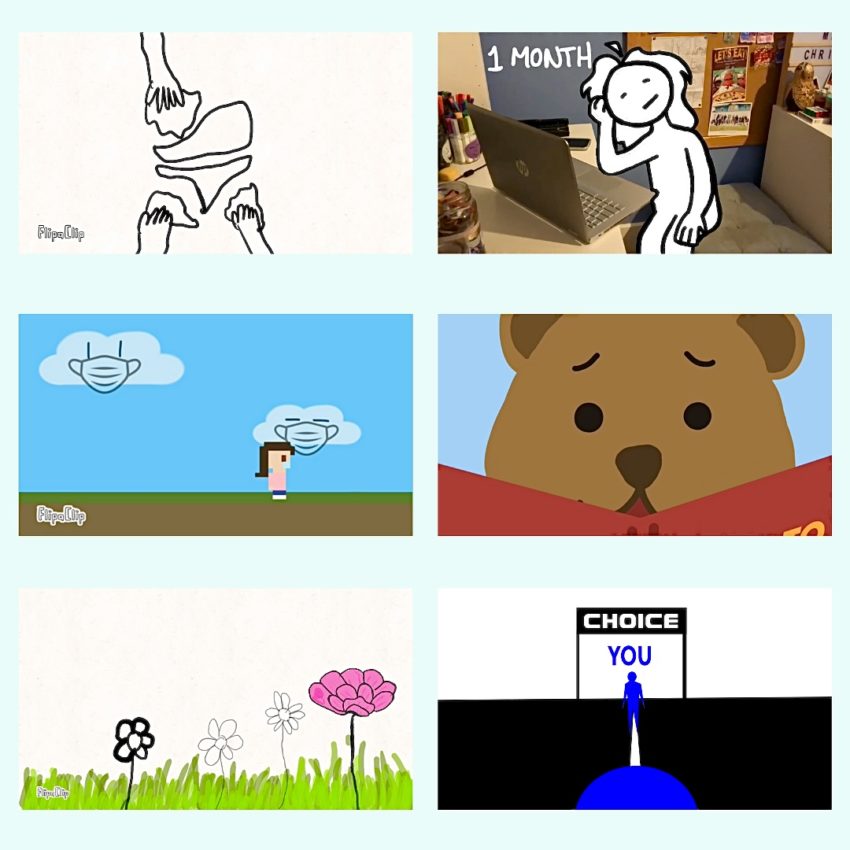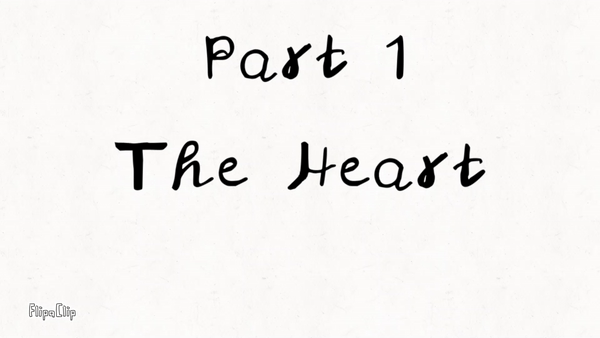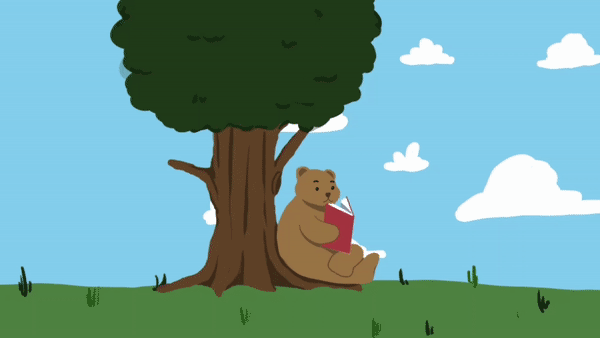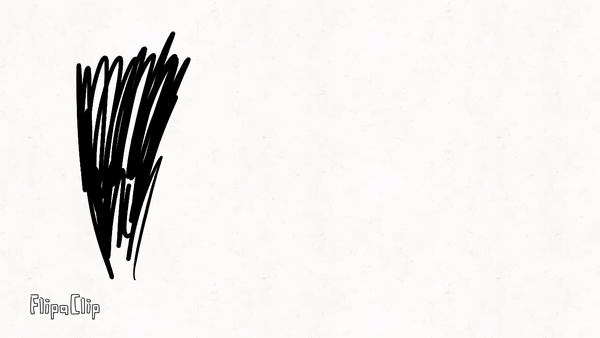
When I entered my first year of university, I was conflicted on whether to pursue my passion in arts or health sciences. But I found that I was able to combine the two through the interdisciplinary health studies program that allowed me to pursue an honours project related to health in creative ways. I am both proud of myself and thankful to the university for providing me with this opportunity.
My approach to art stems from my desire to make art with others in a collaborative setting instead of creating art for others to view in a gallery or screening setting. I believe that community-based participatory projects are an important way to approach research because they focus on wellbeing and health advocacy by empowering people through self-expression and ensuring that their voices are heard.
In my first year, after attending the honours information session hosted by the Health Studies Student Society, I was in awe of the variety of research projects that intersected with many disciplines of health including psychology, biochemistry and geography.

It was then that I decided I would do an honours project that connected my background in art is in animation and community workshop planning with my passion for health.
I never thought that it would be possible to do a community-based art project in my undergraduate journey, but my ability to combine my love for the arts, health research and advocacy in one project shows that other students can too.

For my project, I taught adolescents how to animate using the free phone animation applications Stop Motion Studio and FlipaClip through five virtual Zoom workshops. Participants then created animations based on their pandemic life experiences.
Animation holds a special place in my heart because it has helped me breathe life into my artistic expression through moving images. It also offers new potential for creativity, as technology is advancing, and easy-to-learn applications enable everyone to learn and use animation. Animation is no longer limited to large-scale movie and TV show productions and my goal was to promote its use in research and daily life.
I believe that one should never give up on any of their passions. Research at the University of Saskatchewan holds limitless possibilities. It is up to students to stay open-minded, be creative, and take the extra time to connect with potential mentors, even if it takes a lot of work and preparation to plan an interdisciplinary research project. For example, my ethics application was a 65-page monster because I wanted to work with minors. Fortunately, one of my supervisors guided me through the process and I was able to gain approval with no revisions needed and start recruitment.

Interdisciplinary research was a valuable learning experience for me because I got to explore both the visual arts and academic research.
For example, with one of my supervisors’ guidance, I learned to write a participatory art project consent form. This included parameters such as anonymity, photo release, and parental consent that I may not have learned about in a more traditional research project.
Combined with designing workshops and making a teaching plan, the project was overwhelming, with a huge learning curve and a massive time commitment. However, it all paid off as I watched with excitement and anticipation when participants started to sign up.
Do not give up on ambitious projects. Interdisciplinary projects are complex as they require extensive consultation and mentorship from experts from each field.
As a student, I believe that it is important to integrate all perspectives and knowledge systems appropriately. I will admit that, as I am working on data analysis, it is easy to lose myself in its complexity. However, I was saved by my supervisors who suggested resources from their respective disciplines to keep me on track. All my hard work is worth it, including the hours I spent preparing materials, writing up ethics, working with participants and disseminating my findings.

Through this project, I learned that combining research and art can be a fulfilling experience, especially since it allows people to creatively interact with and advocate for others by sharing their lived experiences and personal voices. I encourage other students to engage in participatory interdisciplinary projects no matter what they are studying to promote health research and the wellbeing of others.
—
This op-ed was written by a University of Saskatchewan undergraduate student and reflects the views and opinions of the writer. If you would like to write a reply, please email opinions@thesheaf.com. Meagan Hong is a fourth-year undergraduate student studying Health Studies. Artwork from the project can be found at: https://sites.usask.ca/pandemiclifeproject/. The exhibition reception is Sunday, March 27 from 6–7 p.m. Register at Eventbrite.
Photos/Graphics: As Credited